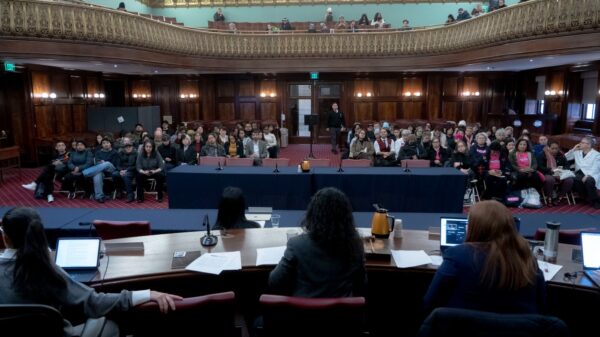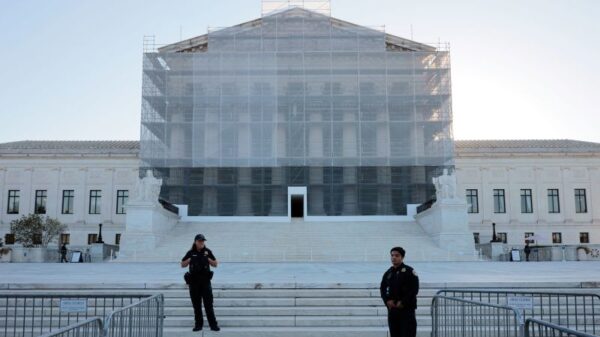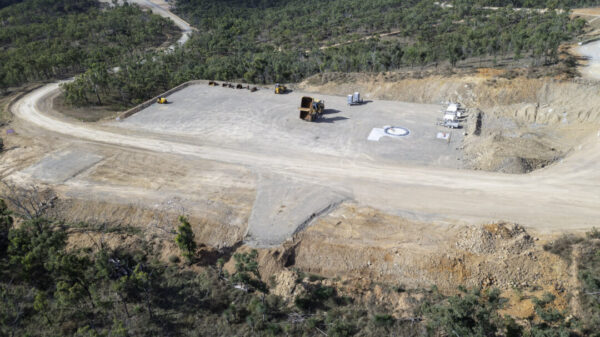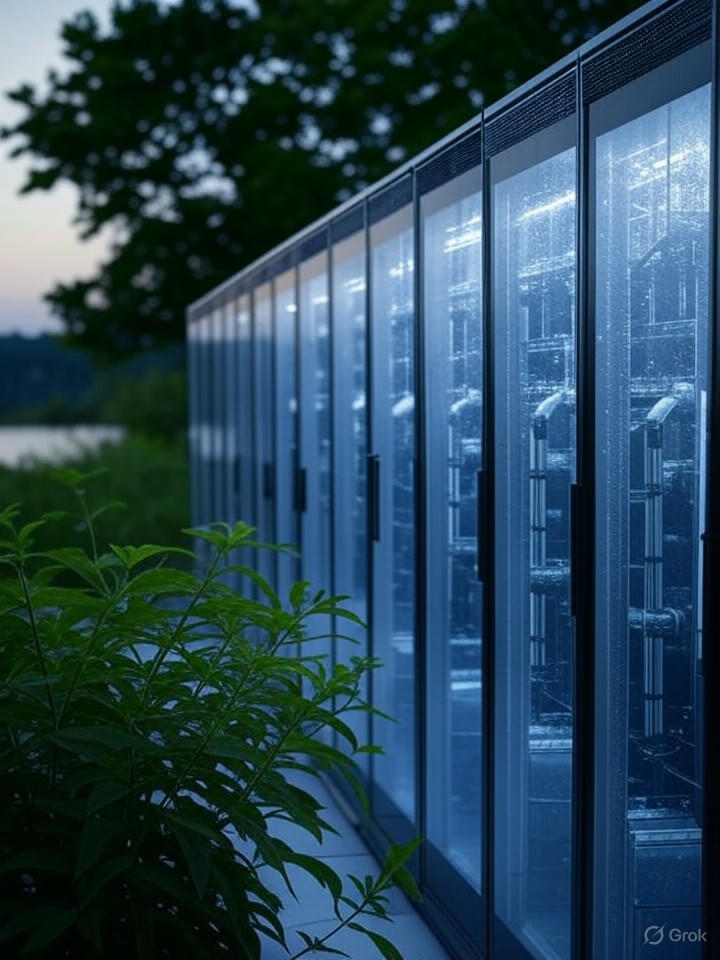UPDATE: New reports confirm the ongoing debate over the artificial intelligence (AI) water crisis, with tech giants like Google and Microsoft ramping up their data center operations. While headlines warn of a looming disaster, a closer inspection reveals a more complex story that some analysts argue is significantly exaggerated.
According to a recent study published in Nature Sustainability, U.S. AI servers could consume up to 1.1 billion cubic meters of water annually by 2030, which is comparable to the daily water usage of 10 million Americans. However, tech analyst Andy Masley claims that this figure misrepresents the actual impact, stating, “The AI water issue is fake,” as much of the water used in evaporative cooling returns to the water cycle, rather than being permanently lost.
The urgency of this topic escalates as generative AI technologies drive significant increases in water consumption among tech companies. A report from NPR confirms that U.S. data centers could consume 12% of the nation’s electricity by 2028. In regions like the Midwest, where water is abundant, the real concern may be localized environmental impacts rather than a nationwide crisis.
Critics, including the United Nations Environment Programme (UNEP), have raised alarms over the environmental costs of data centers, particularly their reliance on fossil fuels and the toxic e-waste they produce. Masley counters these claims, asserting that the total water usage of Google, which was 5.6 billion gallons in 2022, is negligible compared to the 322 billion gallons used daily across the United States.
Social media debates are intensifying, with users predicting that AI could consume up to 1.7 trillion gallons of water globally by 2027. Yet, Masley emphasizes that these fears often conflate water withdrawal with actual consumption, as most of the water is returned to its sources.
In drought-prone areas, the situation becomes more pressing. A report from Food & Water Watch forecasts that AI could demand electricity equivalent to that used by 28 million households by 2028, putting further strain on local resources. Despite this, Masley points to Microsoft’s operations in the Netherlands, where billions of liters are utilized in a water-rich environment.
Policy changes are on the horizon. Senator Edward Markey has introduced the Artificial Intelligence Environmental Impacts Act of 2024, which mandates transparency in AI’s environmental footprint, including water usage. While Masley supports accountability, he warns that overregulation could stifle innovation.
Tech companies are taking proactive steps, with Google and Microsoft pledging to replenish more water than they consume by 2030. They are investing in watershed projects and implementing closed-loop cooling systems to minimize net water consumption.
As the debate over AI’s environmental impact continues, emerging technologies offer hope. Recent articles discuss AI-driven water treatment innovations that could significantly improve conservation efforts. Masley argues that AI should be viewed as a tool for environmental solutions rather than a cause of crisis.
In summary, the evolving narrative around AI’s water usage underscores broader sustainability challenges facing the tech industry. With proactive measures and the potential for innovation, the perceived AI water crisis may ultimately prove to be more myth than reality, allowing for continued technological advancement without exhausting vital resources.
Stay tuned for further updates on this critical issue as it develops.








































































